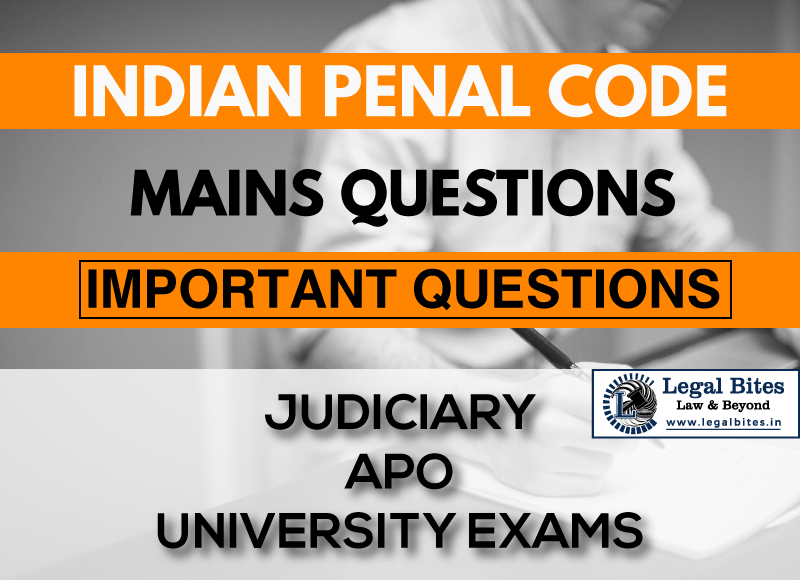Question: ‘A’ puts his hand in the pocket of ‘B’ in order to commit theft. ‘B’ resists ‘A’ for not doing so. During such resistance hurt was likely to be caused to ‘A’. In defending himself from such hurt, ‘A’ caused hurt to ‘B’. Subsequently, ‘A’ was prosecuted by ‘B’ for an attempt to theft (Sections 379/511, I.P.C.) and for voluntarily causing hurt to ‘B’ (Section 323, I.P.C.). During the trial, it was argued on behalf of ‘A’ that though he...
Question: ‘A’ puts his hand in the pocket of ‘B’ in order to commit theft. ‘B’ resists ‘A’ for not doing so. During such resistance hurt was likely to be caused to ‘A’. In defending himself from such hurt, ‘A’ caused hurt to ‘B’.
Subsequently, ‘A’ was prosecuted by ‘B’ for an attempt to theft (Sections 379/511, I.P.C.) and for voluntarily causing hurt to ‘B’ (Section 323, I.P.C.). During the trial, it was argued on behalf of ‘A’ that though he is guilty of attempt to commit theft, yet he is not guilty of voluntarily causing hurt to ‘B’ because he caused hurt to ‘B’ only when ‘B’ was causing hurt to him.
Can ‘A’ be convicted for voluntarily causing hurt to ‘B’ and for any other offence along with the offence of causing hurt? Give reasons and also refer to case law, if any, on the point.
Find the answer to the mains question only on Legal Bites. [‘A’ puts his hand in the pocket of ‘B’ in order to commit theft. ‘B’ resists ‘A’ for not doing so...]
Answer
Section 321 deals with the provision of voluntarily causing hurt and states that whoever does any act with the intention of thereby causing hurt to any person, or with the knowledge that he is likely thereby to cause hurt to any person, and does thereby cause hurt to any person, is said: “voluntarily to cause hurt”.
In the absence of the requisite intention or knowledge, and circumstances as stated in this section, therefore, an act cannot be said to be voluntary to cause hurt. In the present case, A when put his hand in the pocket of B in order to commit theft had the knowledge that in the course of committing the offence of theft, there must be some resistance from the other party as well.
While in the course of resistance, some hurt was bound to happen to each of the two. B on the other hand was acting in private defence, exercising his right under Section 97, IPC which grants every person with the right of private defence to defend his own body, or of any another person, his property and of others against any act which is an offence falling under the definition of theft.
So, A cannot claim that he is only guilty of theft and not for ‘voluntary causing of hurt’ under Section 321, IPC. He will guilty of both offences.
Important Mains Questions Series for Judiciary, APO & University Exams
- IPC Mains Questions Series Part I: Important Questions
- IPC Mains Questions Series Part II: Important Questions
- IPC Mains Questions Series Part III: Important Questions
- IPC Mains Questions Series Part IV: Important Questions
- IPC Mains Questions Series Part V: Important Questions
- IPC Mains Questions Series Part VI: Important Questions
- IPC Mains Questions Series Part VII: Important Questions
- IPC Mains Questions Series Part VIII: Important Questions
- IPC Mains Questions Series Part IX: Important Questions
- IPC Mains Questions Series Part X: Important Questions


